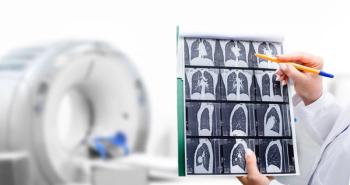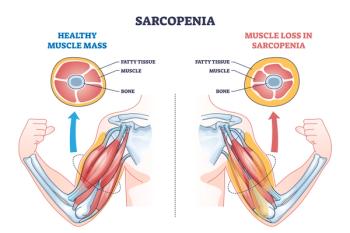
A Conversation With Naftali Kaminski, M.D., Chief of Pulmonary, Critical Care and Sleep Medicine at Yale School of Medicine
Kaminski and his colleagues were pioneers in applying high-throughput, genome-scale transcript profiling to advanced lung disease.
Over the years, Kaminski has developed deep relations with the patient communities, as well as made some key discoveries, including the first protein and gene peripheral blood biomarkers, novel mechanisms and, most recently, novel cell populations in human IPD.
Kaminski and his colleagues were pioneers in applying high-throughput, genome-scale transcript profiling to advanced lung disease. Their key scientific achievements include discovering novel molecules (like MMP7, MMP19, SHP2, and MKP5) with significant roles in pulmonary fibrosis, demonstrating that microRNAs (specifically let-7, mir-29, and mir-33) are differentially expressed and mechanistically involved in IPF, and finding that IPF patient outcomes can be predicted by analyzing blood proteins and genes.
Kaminski spoke to MHE about his research and the future of research into chronic lung diseases such as IPF.
Can you elaborate on the specific high-throughput technologies your group is utilizing in your research and how they are enhancing our understanding of lung disease mechanisms?
My group utilizes single-cell and nuclear sequencing and spatial technologies for profiling, human ex vivo three-dimensional modeling of disease, and AI-based analytic approaches to predict and accelerate drug discovery. Our first paper on that just got accepted. We and others have made substantial discoveries, such as single-cell technologies that completely changed our fields because cellular populations we did not know about were discovered — the epithelial aberrant basaloid cells that are driver cells in fibrosis.
How do you envision the role of genetic and epigenetic information in personalizing treatment strategies for chronic lung diseases such as IPF and chronic obstructive pulmonary disease (COPD)?
We have a good understanding of the genetics of IPF and, to some extent, of COPD, but this information does not impact treatment yet. I believe that in the upcoming years, therapies that are more specific to pathways and driver mechanisms will emerge. For instance, targeting patients with specific gene mutations or endotypes, such as short telomeres.
What do you believe are the biggest challenges facing researchers and clinicians in transforming traditional diagnostic approaches for chronic lung diseases into more personalized models?
I’ll be blunt—research and translation are always hard, but now with the federal attack on research funding and academic institutions, it will be impossible. We have now observed months of delays in NIH funding, instability and lack of clarity. Research needs continuity, funding and stability. The funding freezes, the threats to
How does the microbiome interplay with genetic factors in chronic lung diseases, and what implications does this have for developing targeted therapies?
So far, we have little evidence that the lung microbiome is a substantial player, and in IPF, antibiotic trials have shown no benefit. It may be, though, that we looked at the wrong place, and the gut or
Looking forward, what are the key trends or innovations in the field of chronic lung disease research that you believe will shape the next decade of therapeutic development and patient management?
Following up on insights from single-cell data, using bioengineering and AI approaches to shift the paradigm of disease therapy from inhibiting or activating pathways to therapies that reprogram the lung into regeneration and repair.
Newsletter
Get the latest industry news, event updates, and more from Managed healthcare Executive.


















































